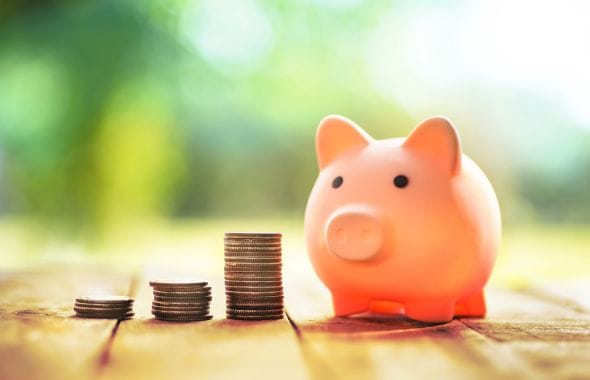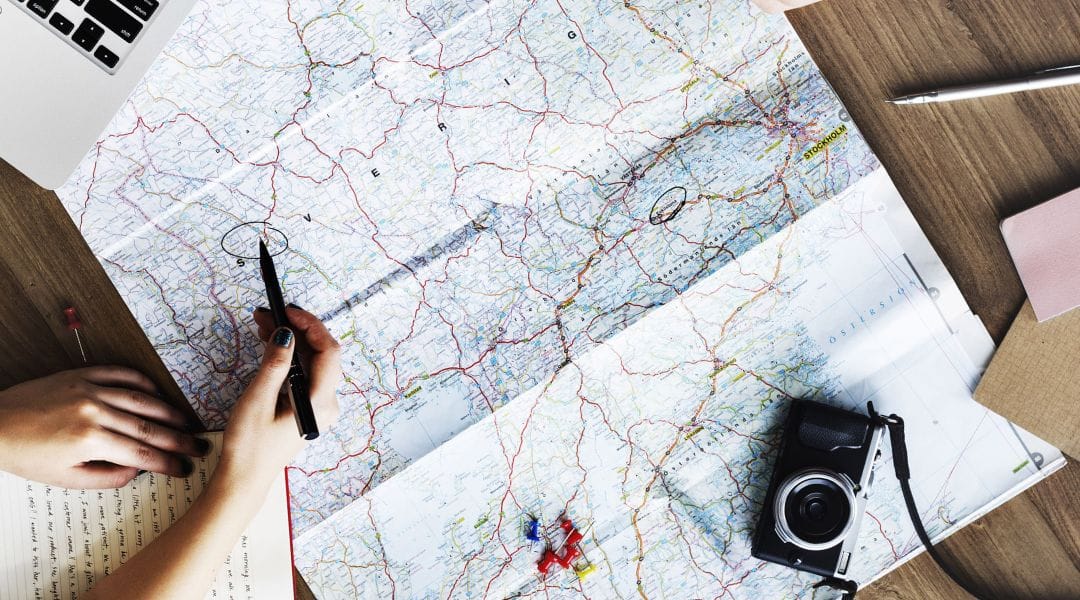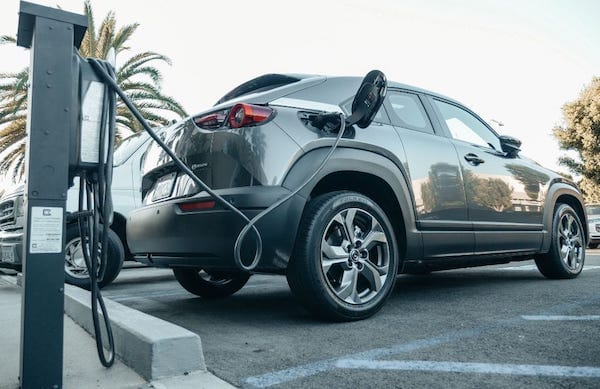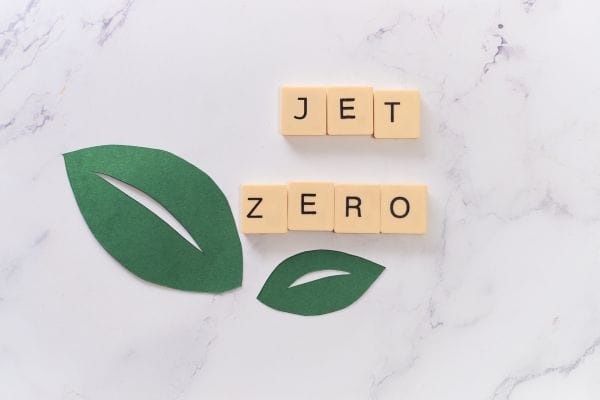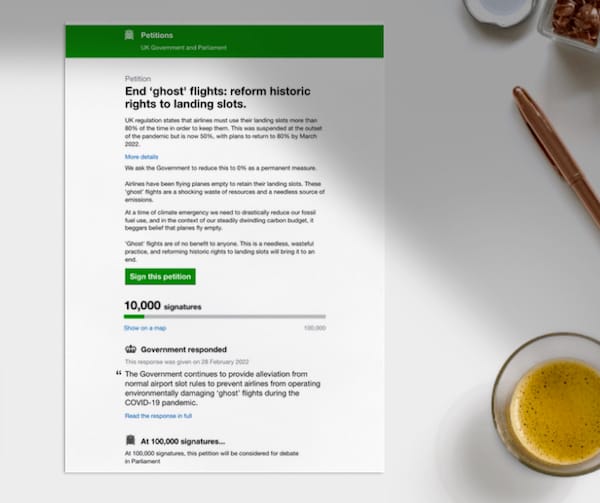This is the story of my last long-haul holiday.
It was 2017, and I was already aware of the climate impact of flying. I didn’t really want to fly long haul again, but an opportunity came up to go to Texas with my family.
We would meet some friends, my husband would be able to do a bit of work, and we were going to take my science-mad, space-mad son to the Johnson Space Centre in Houston. Our friend knew one of the European astronauts, and offered to introduce us.
It all seemed to be a potentially life-changing opportunity for my son, and an unusual holiday for us.
We flew, of course, from Heathrow Airport. The flight was uneventful, except that my son got motion sickness and spent half of the ten hours vomiting every few minutes into paper bags. A flight has never passed more slowly.
Houston was wonderful, although very hot and humid. It is on the same latitude as Cairo, but every building and even public transport was air conditioned, sometimes to the point of being rather chilly. On a day trip to Galveston, we ate at the Star drug store, where a mark on the wall showed the height of the storm surge during Hurricane Ike. It was above my head.
Our trip to the Johnson Space Centre was fascinating. We had lunch in their visitor centre. There were big screens around the room showing videos of old Space Shuttle missions, and it was while I was gazing at one of these screens that I realised I was looking at a map of Texas, and there was a large shape revolving offshore, in the Gulf of Mexico. Slowly it dawned on me that I was watching the weather forecast. This was our first glimpse of Tropical Storm Harvey.
Outside, the weather was deteriorating.
Tours of the site were cancelled because of a lightning storm, but our friend took us over to see the Saturn V rocket, one of the type used for the Apollo programme. It really is an awe-inspiring monument to human ingenuity.
Our holiday plan had been to spend about a week in Houston, and then have two days on the Gulf Coast at a place called Port Aransas, before travelling to the state capital, Austin. Our trip to Port Aransas was now looking like it would be a wash out, but our booking was non-refundable, so we planned to go anyway. I pictured us sitting on a veranda sipping martinis while tropical rain lashed the shore, like Ernest Hemingway but with an extra dollop of British understatement.
On the day we were due to leave, Tropical Storm Harvey, still out in the Gulf, was upgraded to a hurricane, and it was now forecast to make landfall on the Gulf Coast, not far from where we had been planning to stay. We phoned the guest house in Port Aransas. ‘Everybody’s cancelling!’ they told us, as they nailed boards over their windows. We decided not to worry about the money (which they refunded anyway).
So now we had two days with no accommodation. Houston seemed a very safe place from which to witness a hurricane, with modern concrete buildings and solid infrastructure. On the other hand, we had to be in Austin in a few days, and we could see from the weather forecast that, once the storm hit, the rain would continue for a while. It was simply to avoid a rainy drive on the Interstate that we decided to head to Austin early.
It’s hard to describe the unreality of arriving in Austin later that day, as vacationing refugees, while the weather was still perfect.
It was a glorious sunny evening when we headed out for a meal, and to listen to some bluegrass music at an open-air bar. The next day, while Hurricane Harvey pummelled the Gulf Coast, we explored Austin, ending the day on the bridge over Town Lake where, on a normal August evening, you can see upwards of a million bats fly out at dusk. That night a few bats emerged, circled around a little, and went back under cover. It seemed as if they sensed something was up.
By morning, the storm had arrived. Lashing rain and gusting winds. We took our hire car up to Lake Travis, jumped out for a minute to take a photograph and inhale the smell of rain-battered pine trees, and then went back to our motel to watch the Weather Channel. Austin was being affected by just one arm of the storm, while its focus was over Houston. People were sending in videos they had shot on their phones of cars being moved around by tornadoes.
People in Houston had been advised not to evacuate. Why? Because in rising flood waters the most dangerous place to be is in your car, especially if you are stuck in a traffic jam.
Now it was raining hard, all-time record amounts of rain, and the storm wasn’t moving on like it normally would. Houston, which is built on low-lying land dissected by rivers and bayous, was slowly being submerged. One of the airports, we weren’t sure which one, was reported to be underwater. We were supposed to be returning to Houston in a couple of days to get our flight home. How was that going to work?
Next day, we stayed in our motel room and phoned the airline. They insisted that everything was fine, we could not change our flight. On the TV news, there were pictures of drowned SUVs on highways. The Mayor of Houston was asking people not to drive unless it was a life or death emergency. Houstonians had been moving onto their upper floors to stay above the rising waters. Now the Mayor warned them not to take refuge in their attics unless they had an axe to cut an escape hole in the roof if needed.
Suddenly everything changed at the airline. Our flight had been cancelled and they were putting us on an alternative leaving from Austin. After telling the car hire company that we would be dropping the car off in Austin, we could finally relax. For us, the emergency was over.
So what did I learn from my brush with climate disaster?
The first thing is that weather forecasts are awesome. We knew about the hurricane days before it hit, and that’s why we were able to avoid it. The storm dumped more than a metre of rain on Houston over four days, a city of over two million people. The weight of the water was so great it depressed the Earth’s crust, causing Houston to temporarily sink by two centimetres. Just over a hundred people were killed but it would have been much worse without the warnings, and the well-organised response.
Still the impact of the storm can’t be measured just in lives lost. The risks of climate change are complex and pile on top of one another in unexpected ways. The south-eastern USA is used to storms. Climate change doesn’t necessarily make them more frequent, but it likely makes them more intense, with more prolonged and heavy rainfall, and may make them more slow moving, so the rain falls all in one place, doing more damage.
And then the storm interacts with human structures: roads and parking lots, flood engineering, sewers and chemical plants, building codes and planning rules, racism and inequality. Is there any such thing as a natural disaster? The damage caused by Harvey is estimated at a shocking 125 billion dollars. Most homes in the Houston area did not have flood insurance.
"Is there any such thing as a natural disaster?"
Climate campaigners often say, ‘The people who have done the least to cause climate change are the ones who suffer the most.’ While this is true, it is also a simplification. It allows people in rich countries to believe that the impacts of climate change will only be felt far away and won’t affect them. Hurricane Harvey shows that that isn’t the case.
Perhaps no city has done more to cause climate change than Houston, Texas. As consumers, Houston people love their pick up trucks, their air conditioning, and their burgers and barbecue. Houston calls itself the Energy Capital of the World: oil, gas and petrochemicals companies are everywhere. They sponsor the sports teams, the museums, and the opera. Their employees number in the hundreds of thousands. Scores of companies in the oil and gas supply chain have their headquarters there.
But as I watched the disaster unfold on television I wasn’t thinking about the fossil fuel chief executives and lobbyists who bear the biggest responsibility for the lack of action on climate change. I was worried for the waiters, pharmacists, clerks, curators and bus drivers that we had encountered on our holiday.
Even within Houston there were big differences in how people were affected. Inevitably, the better off were more able to cope with financial losses and damage to property, better able to get help for health issues, less likely to lose their jobs or to be evicted from their homes.
What I learned from Hurricane Harvey is that climate change is here already, and it can affect any of us, even those of us who live in rich countries.
I learned that, while reducing emissions is a huge and vital task, being prepared also saves lives. And I learned that responsibility for climate change is widespread and complicated. It's the people who have the most power to make choices who have the most responsibility – people like me.
I haven’t flown long haul since Houston, and I haven’t flown at all since 2019. We are all accountable for what we have done to cause this crisis, and we all need to pull our weight in the struggle against it.
